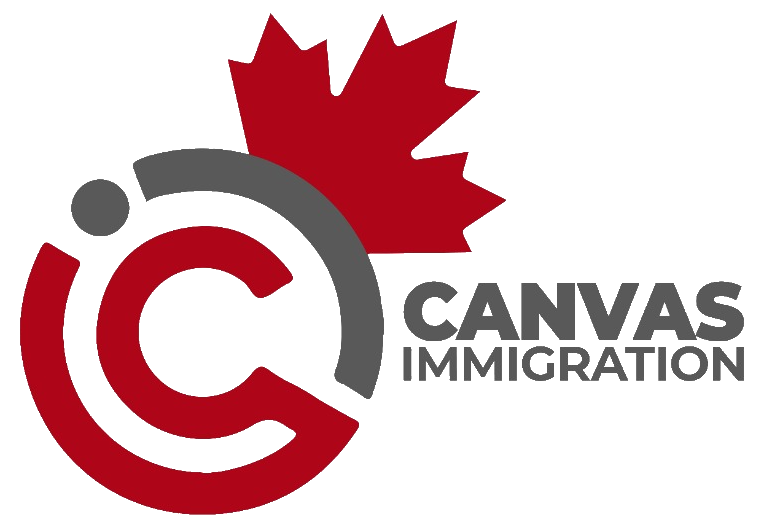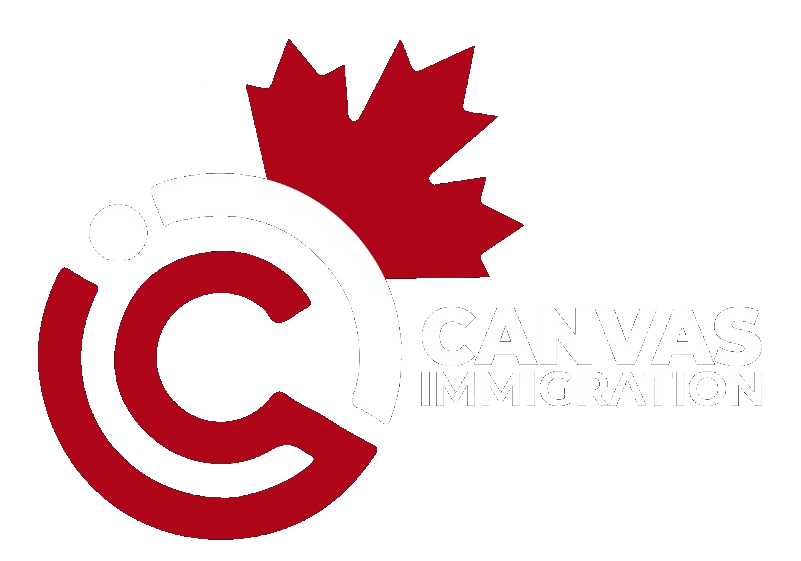If you’re seeking Canadian permanent residence through the Ontario Immigrant Nominee Program (OINP), you may have noticed that the OINP has issued only 4 invitations to apply for nomination in 2025—a far cry from the 14,760 invitations the OINP issued during the first two months of 2024. This pause in OINP immigration draws mirrors that […]
The post What Ontario PNP pathways to permanent residence are currently open? first appeared on CIC News.

